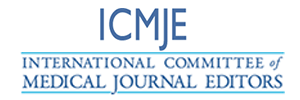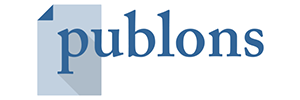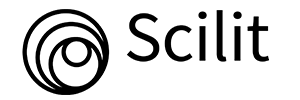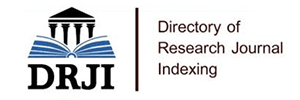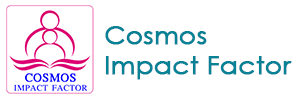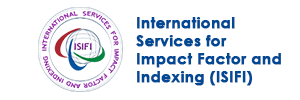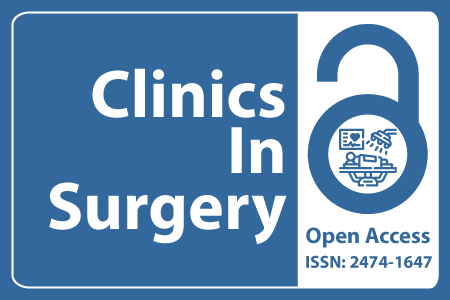
Journal Basic Info
- Impact Factor: 1.995**
- H-Index: 8
- ISSN: 2474-1647
- DOI: 10.25107/2474-1647
Major Scope
- Transplant Surgery
- General Surgery
- Thoracic Surgery
- Pediatric Surgery
- Gynecological Surgery
- Obstetrics Surgery
- Bariatric Surgery
- Urology
Abstract
Citation: Clin Surg. 2018;3(1):2106.Research Article | Open Access
Electro Physiologic Recovery of the Abductor Pollicis Brevis after Contralateral Seventh Cervical Nerve Transfer in Children with Global Brachial Plexus Avulsion
Xun Yang, Xin Zhao and Jie Lao
Department of Hand Surgery, Fudan University, China
Key Laboratory of Hand Reconstruction, Ministry of Health, China
Shanghai Key Laboratory of Peripheral Nerve and Microsurgery, China
PDF Full Text DOI: 10.25107/2474-1647.2106
Abstract
The restoration of intrinsic hand muscles was a forbidden zone in the treatment of Global Brachial Plexus Avulsion (GBPA). However, further studies showed the possibility of the reinnervation of the Abductor Pollicis Brevis (APB) in adult patients with GBPA after contralateral seventh cervical (cC7) to the affected Median Nerve (MN) transfer. Generally, children have stronger capacity of nerve regeneration and shorter upper limbs than adults. Therefore, the APB reinnervation after cC7-MN transfer might be better in children theoretically. In this study, we retrospectively reviewed the EMG data of 16 child patients who underwent cC7-MN transfer because of GBPA caused by trauma. The mean age when patients underwent the first stage of cC7-MN transfer was 7.6 (rang, 4 to 12) years. The mean interval from the injury to the first stage of cC7-MN transfer was 8.6 (range, 6 to 12) months. EMG showed that all patients gained electro physiologic recovery of APB - the motor unit potential (MUP) and Compound Muscle Action Potential (CMAP) appeared 16 (range, 12 to 20) months after the second stage of cC7-MN transfer. This finding indicates that it may be possible to restore the intrinsic hand muscle function of child patients with GBPA. The treatment and rehabilitation strategy for child patients with GBPA may have to be amended. However, further studies with larger sample size are needed to investigate the specific process of the recovery of intrinsic muscles and the possible affecting factors.
Keywords
Brachial plexus avulsion; Contralateral C7; Intrinsic muscle; Electromyography
Cite the article
Yang X, Zhao X, Lao J. Electro Physiologic Recovery of the Abductor Pollicis Brevis after Contralateral Seventh Cervical Nerve Transfer in Children with Global Brachial Plexus Avulsion. Clin Surg. 2018; 3: 2106.
